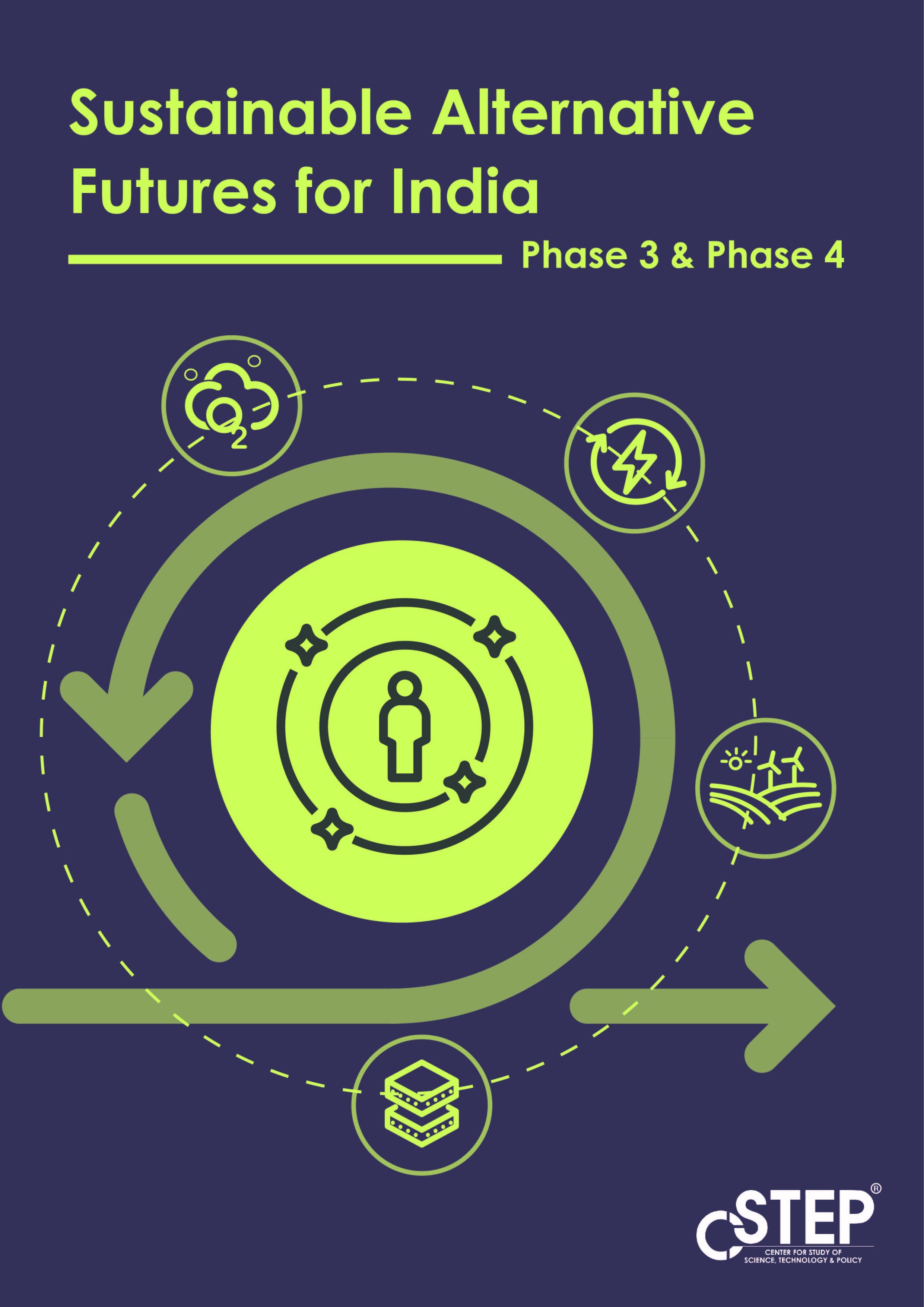India has to overcome several developmental challenges in the coming decades. Bridging the housing shortage; improving healthcare and education infrastructure; providing 24/7 electricity, clean water, and clean cooking fuels to all; and maintaining food security are some of the challenging goals for India that are in line with the UN’s Sustainable Development Goals (SDGs). The Government of India has also emphasised its commitment to climate action by ratifying the Paris Agreement and formulating Nationally Determined Contribution (NDC) targets. Many developed countries have announced net-zero emissions targets and submitted their mid-century long-term strategies to the United Nations Framework Convention on Climate Change (UNFCCC). India, however, has to prioritise its developmental aspirations while also doing its bit to mitigate global warming. Balancing development with climate action requires a good understanding of the interactions between sectors, natural resource systems, and environmental externalities. This modelling study aims to provide such an understanding and help create scenarios for low-carbon development by using an interactive simulation tool—named Sustainable Alternative Futures for India (SAFARI).

You can access the SAFARI tool here